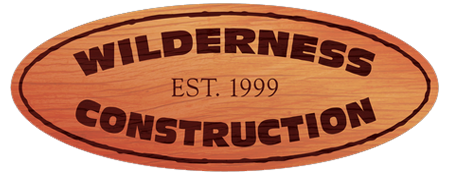However, if you don’t maintain the wood structures of your home, over time it can break down, and be susceptible to damage that could cause it to rapidly decay.
In particular, dry rot and other types of wood rot can be especially problematic if not dealt with right away.

What Is Dry Rot?
Dry rot is caused by water penetrating your home in places like your attic, ceiling structures, and roof. The rapid growth of mold and mildew can also cause wood rot. Dry rot breaks down the inner fibers of the wood, which causes it to become weak and brittle.Leaks in your home that are left unchecked will eventually increase the moisture and humidity levels in your home. Dry rot can continue in these conditions, so make sure to get any leaks in your roof looked at as soon as you notice them!
Dry rot can weaken the overall structure of your home over time, putting your family at risk. Don’t take that chance!
How To Stop Dry Rot In Its Tracks
If you suspect you’re dealing with dry rot in your home, make sure to have a professional come out to give you a second opinion! A roofing contractor in Ann Arbor should perform a full evaluation and look for problem areas (around flashings, chimneys, plumbing vent pipes, etc.).If any damage is found in the roof, repairs need to be made. Any missing roofing materials need to be replaced immediately, and your contractor will tell you if a total roof replacement is necessary.
At Wilderness Construction Inc., we know the safety of your family is your top priority, and ours, too! We want to help give you the peace of mind that comes with knowing your family and friends have a safe, dry, sturdy home to come back to each and every day.
For a quote, please call us today! Our friendly team of technicians is ready to speak with you!

